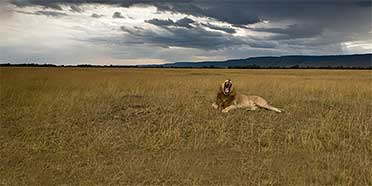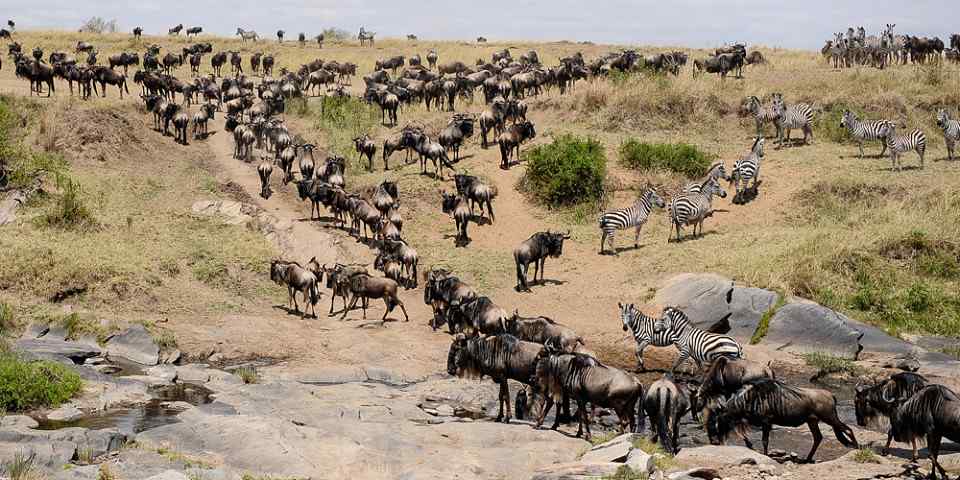
Safari Tours to Masai Mara NR
-
![3-Day Masai Mara Excursion]()
3-Day Masai Mara Excursion
$1,007 to $1,419 pp (USD)
Kenya: Private tour
Mid-range Tented CampYou Visit: Nairobi (Start), Masai Mara NR, Nairobi (End)

Trav-Interactive
4.9/5 – 52 Reviews
-
![3-Day Masai Mara Budget Safari Tour Kenya 2024 - 2025]()
3-Day Masai Mara Budget Safari Tour Kenya 2024 - 2025
$395 to $605 pp (USD)
Kenya: Shared tour (max 8 people per vehicle)BudgetTented Camp
You Visit: Nairobi (Start), Masai Mara NR, Nairobi (End)

Bienvenido Kenya Tours and Safaris
4.7/5 – 123 Reviews
-
![7-Day Nairobi/Aberdare/Bogoria/Naivasha and Masai Mara]()
7-Day Nairobi/Aberdare/Bogoria/Naivasha and Masai Mara
$2,168 to $2,234 pp (USD)
Kenya: Private tour
Mid-range Lodge & Tented CampYou Visit: Nairobi (Start), Giraffe Centre (Nairobi), Aberdare NP, Lake Bogoria NR, Lake Naivasha (Naivasha), Masai Mara NR, Nairobi Airport (End)

Keshi Tours
5.0/5 – 46 Reviews

 Kenya Parks
Kenya Parks









_4485_5e46fe3202424.gif)